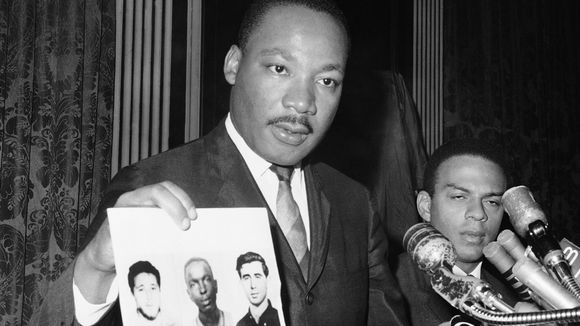
Photo courtesy of mayatoday.com.
The Birth of the FBI
With no official name and only 34 agents, the Bureau was born on July 26, 1908. Teddy Roosevelt was the president at the time, and it was his Attorney General, Charles Bonaparte, that was the catalyst behind the creation of the Bureau. Up until that juncture, in order to conduct a federal criminal investigation, the Attorney General had to “borrow” agents from other agencies.
Growing frustrated with this inefficient and ineffective practice, Bonaparte, along with Congress, began the bold new experiment of a unified, federal law enforcement agency. Within a relatively short period of time, the Bureau became a formidable foe to the nation’s criminal underbelly.
Hoover Takes Charge
By 1924, the FBI had become plagued with scandals. So, on May 24 of that year, J. Edgar Hoover was appointed as Acting Director of the FBI with the mandate to clean up and modernize the Bureau. Within the next decade, Hoover instituted reforms which transformed the FBI into a highly professional law enforcement agency.
Some of Hoover’s accomplishments include the institution of a forensics laboratory, as well as a central repository for criminal history and identification records. Hoover also began to meticulously gather and report national crime statistics, while also establishing a rigorous training program that was adopted by both domestic and international law enforcement departments.
The Killing of John Dillinger
The Great Depression spurred the age of ruthless and highly dangerous bank robbers. None was more notorious than John Dillinger. As the gun slinging leader of a band of treacherous criminals, Dillinger successfully eluded law enforcement for many years, most notably by appealing to the American public as a harmless, modern day Robin Hood.
By the time the FBI became involved with the investigation in the winter of 1933-34, Dillinger had already been credited with escaping from jail (twice) and robbing 24 banks and four police stations. And, yes, you read that correctly – police stations! Although there were a few roadblocks to overcome, the Bureau managed to track down Dillinger within six months of joining the manhunt.
On July 22, 1934, Dillinger was confronted by FBI on the streets of Chicago. As he reached for his gun, Dillinger was shot dead on the spot.

Photo courtesy of clarionledger.com.
Mississippi Burning
With the dawn of the 1960s, the American civil rights movement had gained significant momentum. But, with any progress, there is always backlash from hateful groups such as the KKK. On June 21, 1964, three young men, who had volunteered to help register African-American voters in Mississippi, suddenly disappeared.
President Lyndon B. Johnson called upon the FBI to spearhead the investigation. Within a relatively short period of time, the missing men’s burnt out vehicle was found, as well as their bodies and other vital evidence. Indictments were filed against the accused.
Although the case languished for decades in the court system, justice was eventually served. In the interim, the case garnered significant national attention and helped lead to the passage of the Voting Rights Act of 1965. Between this new legislation and the Civil Rights Acts of 1964, the FBI became armed with the legal mechanisms necessary to defend the freedoms and rights of the entire American populace, and not just a select few.
RICO
Many consider the October 15, 1970 Congressional passage of the Racketeer Influenced and Corrupt Organizations Act (‘RICO”) as a seminal moment in the Bureau’s ability to tackle the epidemic of American organized crime.
The ramifications of RICO were monumental. The FBI finally had the legal tools necessary to bring down criminal enterprises like the Mafia. Prior to the passage of RICO, the Bureau was limited to investigating only specific individuals who committed particular crimes. But now, with RICO, the FBI had the ability to investigate entire organizations, from the “godfather” all the way down to the foot soldier. The FBI used RICO to not only dismantle Mafia families, but the Feds also used this legislation to fight drug rings, terrorist organizations and political corruption.
The Federal Bureau of Investigation has long been considered a top-notch law enforcement agency. Is there any moment in the history of the FBI that, for you, stands out?
***
If you liked this post, you might also like:
6 Fascinating Advances in Forensic Science
10 Common Traits of Career Criminals
Serial Killers: Not Just an American Problem
***
Please join me:
Author Blog: https://authorjenniferchase.com/
Book & Crime Talk: http://blogtalkradio.com/jennifer-chase
Books: Compulsion Dead Game Dark Mind Dead Burn Dark Pursuit
Silent Partner Screenwriting
***
Latest Book Release: Now an Amazon Best Seller: BODY OF THE CRIME



































